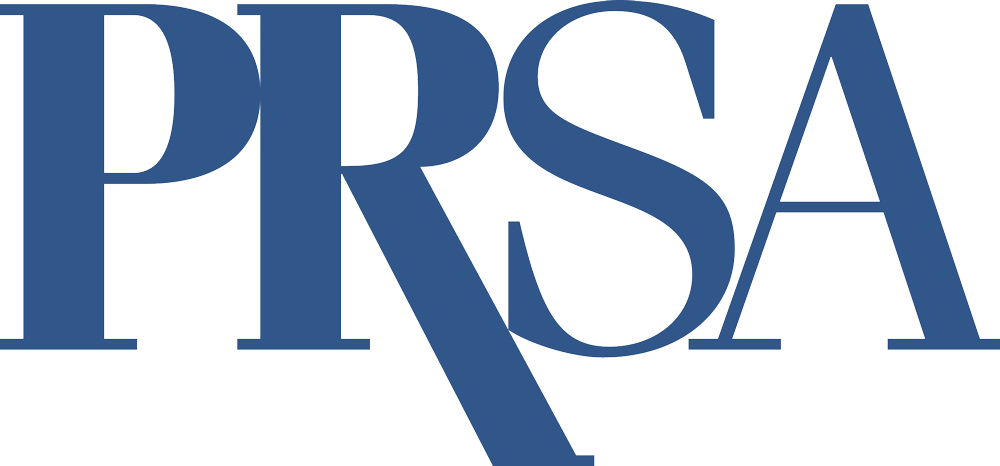A Guide to Lead Employee-Focused Crisis Comms
By Jeff Vorwerk
May 2025
In the May 2024 edition of Strategies & Tactics, I discussed tone qualities leaders should contemplate when communicating with employees during a crisis. Tone setting is vital to frame communications in challenging times.
However, leaders must translate their words into actions to garner employee acceptance. Research I examined and conducted — primarily during COVID-19 — unearthed several practices that can help leaders effectively execute employee-oriented crisis communication plans.
Amplify involvement in communication development.
Leaders often delegate employee communication development activities to others in periods of normalcy. However, they should intentionally become more involved during crises by working closely with their human resources and employee communications teams to orchestrate messaging that projects essential tone qualities of transparency, confidence, empathy and authenticity.
Emphasize employee welfare.
Welfare factors, including health, safety and offering resources to help employees work productively, are often of paramount concern during crises. For example, COVID-19 required leaders to prioritize employees’ health and safety needs in the migration to remote work or through social distancing accommodations to maintain a safe physical environment when virtual opportunities were not feasible. Regardless of the crisis scenario, it is imperative leaders quickly discern employee welfare impacts.
Increase visibility and communication frequency.
Leaders who increase their visibility in a crisis signal a palpable willingness to steer their organizations through hardship. Written and verbal communication channels enable leader visibility. Company e-mail, intranet and similar engagement platforms are practical for communicating more detailed crisis management messaging.
Verbal methods, like videos and town hall meetings, are better suited for energizing interactive discussions with employees. Town hall meetings can be organized using in-person and virtual forums with multiple sessions to accommodate time zone differences of global firms.
Finally, if an organization is experimenting with a novel internal communication method during a crisis (e.g., first-time use of an employee town hall), it is advisable to explain the new format’s rationale to employees to help mitigate potential confusion and overcome possible barriers to message acceptance.
Leaders should also dramatically increase internal communication frequencies during crises. A 2020 Harvard Business Review article suggested frequent outreach to employees during periods of adversity can help alleviate fear, uncertainty and enhance message comprehension. Communication approaches may vary, but a steady stream of employee contact is critical — especially at the crisis onset. Leaders I researched often implemented a weekly cadence of written, verbal, or combination of communication approaches early in COVID-19.
However, it is crucial for leaders to reevaluate the frequency of crisis communication in later stages if a “return to normal” posture is more palatable. Pulse surveys and personalized interactions can be desirable mechanisms for assessing employees’ readiness to move on from a crisis.
Heighten active listening.
One leader I spoke with during the pandemic captured the essence of active listening in suggesting communication is 90% listening and 10% talking. Harvard researchers have also noted cognitive, emotional and behavioral factors must be prevalent components of active listening.
In other words, leaders must understand the information generated from their conversations, exercise emotional intelligence and show interest in what followers have to say. I previously outlined methods to facilitate employee communications. Regardless of the approach selected, leaders must listen intently to gather insights on employee well-being — particularly in crises.
Reinforce organizational culture.
Many leaders intuitively understand that a favorable organizational culture correlates positively with employee engagement. However, a crisis can severely disrupt culture if internal communications fail to underscore the organization’s core values, purpose, direction, teamwork mindset and sense of accountability.
In her book Leadership in Turbulent Times, Doris Kearns Goodwin profiled Franklin D. Roosevelt’s first presidential inauguration address in which he sought to galvanize his country’s culture by speaking candidly but optimistically to unify Americans on plans to conquer the Great Depression.
Leaders I studied during the more contemporary COVID-19 crisis reinforced the importance of culture by broadly reminding employees of their organizations’ purpose, strategy, goals and team focus.
They also prioritized smaller day-to-day connections, including individual and group discussions — even a simple email, phone call or drop-in visit. While macro-level messaging approaches are indispensable for solidifying an organization’s culture, individualized interactions can supplement broad communications to help leaders attain satisfactory employee engagement during crises.
Value information credibility and consistency.
Leaders must take decisive actions to diffuse a crisis. While even the most reliable information sources are fallible, leader decision-making should place substantial value on resources that maximize credibility and consistency.
Leaders I spoke with who directed their organizations during COVID-19 faced an uncertain and rapidly changing environment. In the pandemic’s initial stages, they reported leveraging health-related sources from the National Institute of Health and the Centers for Disease Control and Prevention to inform decisions and subsequent internal communications content.
Experts in the field of communicable diseases operate these organizations, which reportedly elevated employee trust levels. Leaders also mentioned forming crisis task force units composed of specific functional expertise (e.g., medical, facilities management and employee communications professionals) to provide reliable advice to guide their firms through the pandemic.
Balance stakeholder demands.
Organizations typically have multiple stakeholders, including employees, clients, boards and other associated groups. Harmonizing stakeholder demands can be challenging in a crisis.
During COVID-19, had leaders only factored employees’ safety needs and completely shuttered operations, they would have risked alienating external stakeholders. Conversely, only favoring external stakeholder requests without protecting employees might have yielded devastating human resources consequences.
For instance, operating a physical office environment without modification to minimize operational disruptions could have jeopardized employees’ health. While there aren’t any universal remedies for meeting the crisis-related requirements of all stakeholders, leaders should carefully evaluate the necessities of each affiliated group and synchronize supporting communication plans.
Crises are inevitable. Leaders must promptly but thoughtfully interrogate the unique characteristics of each crisis event to adroitly execute their organizations’ internal communication plans.
While crises can vary in scope and magnitude, the practices outlined in this article, along with tone qualities articulated previously, can provide a blueprint for helping leaders formulate effective employee communication plans during tumultuous periods.
Members-Only Content
This article is exclusive to PRSA members. Please sign in to continue reading.
Not a member?
Join PRSA to read more articles like this and to advance your communications career.
Print subscriptions to Strategies & Tactics are available for nonmembers.



